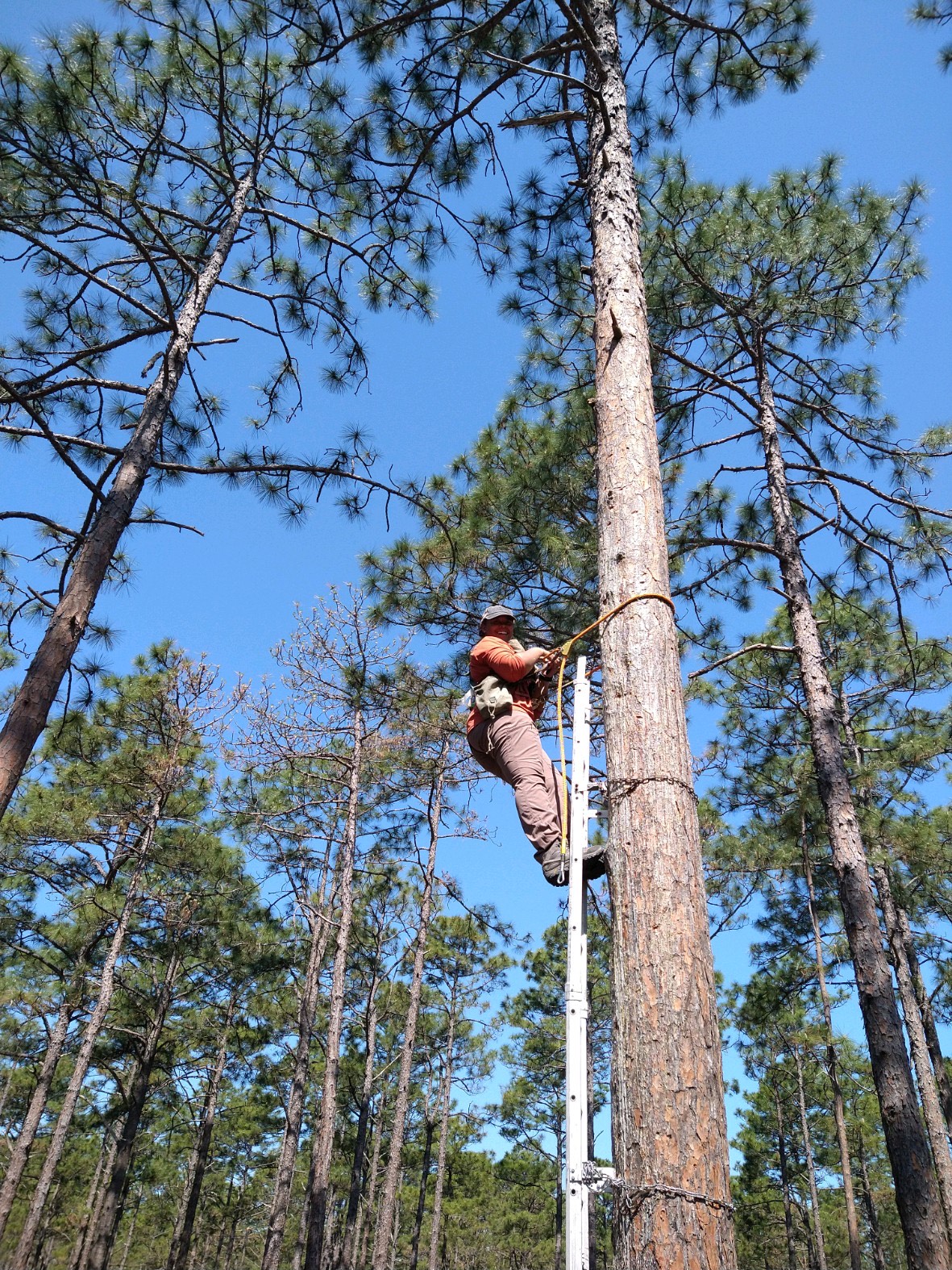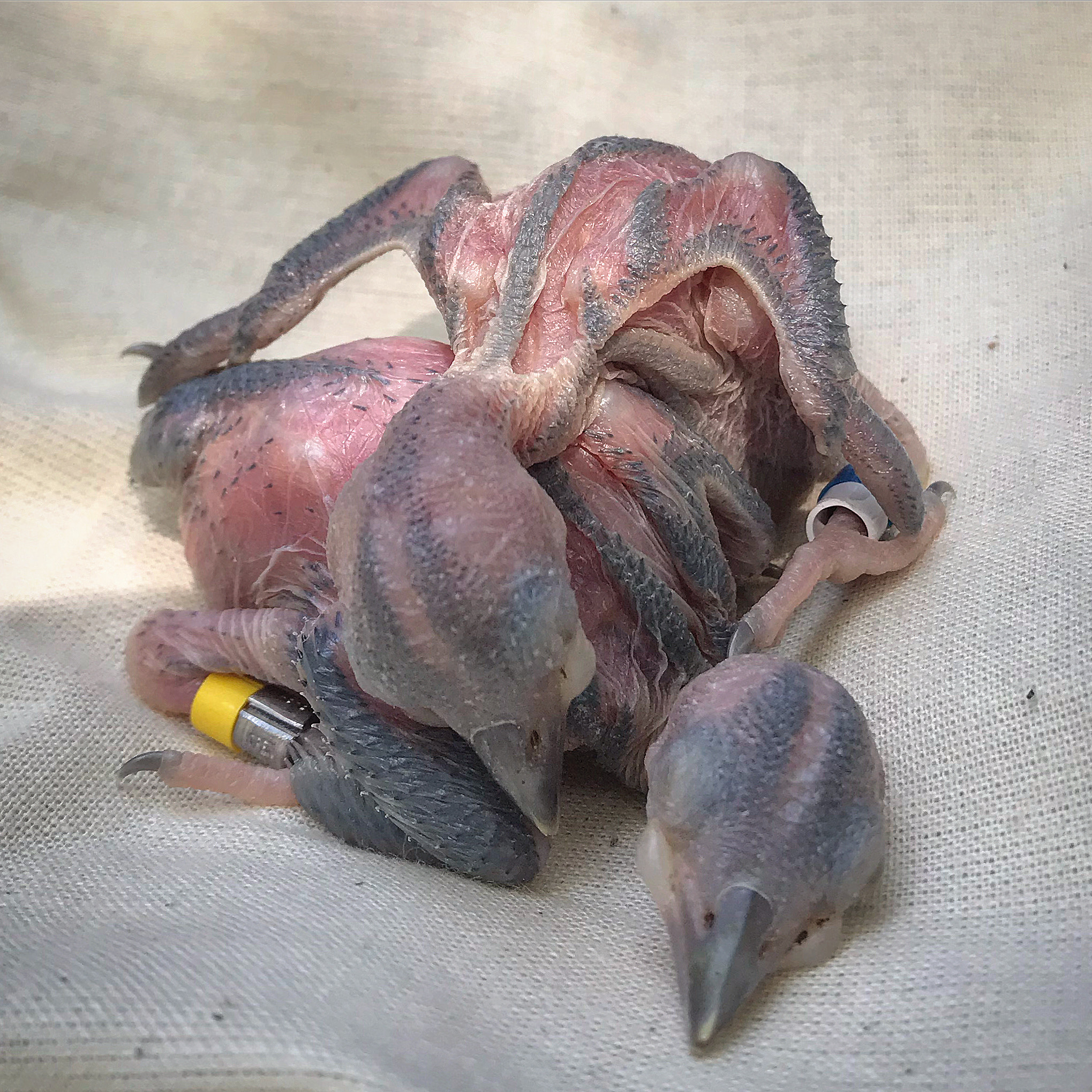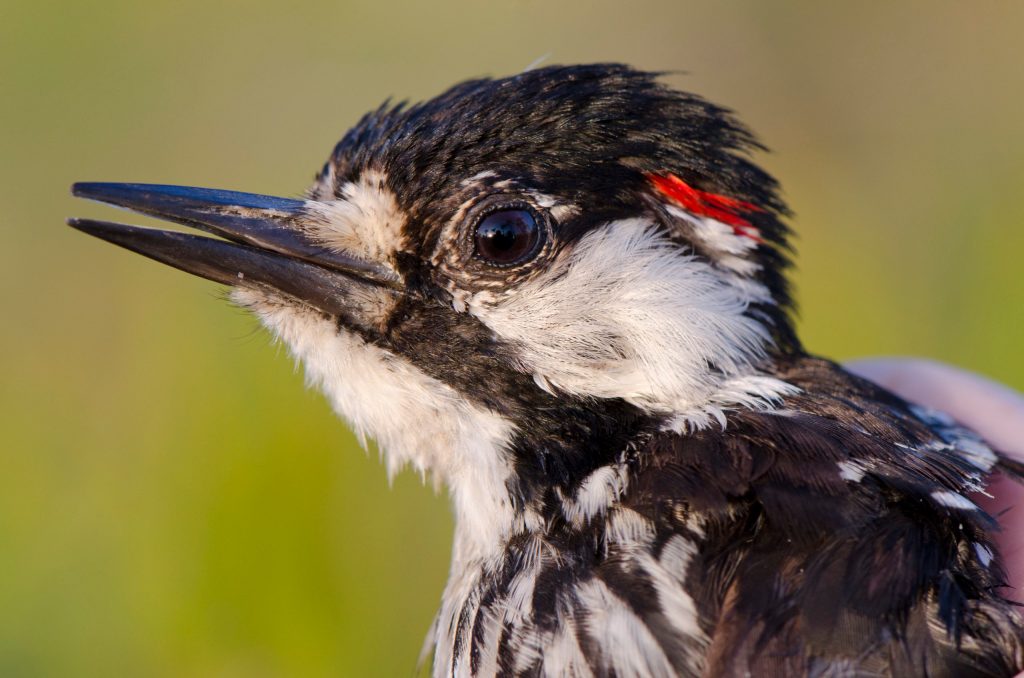Towards the end of my Master’s work at North Carolina State University, I told my advisor Caren Cooper that I wanted to pursue something very field intensive for my Ph.D. Boy, she did not disappoint. I now find myself engulfed with joy in red-cockaded woodpecker (or RCW, as birders and ornithologists call it) research. Shifting gears from my work as an urban ecologist researching noise and light pollution, I will be diving into the world of avian ecology with the RCW, a federally endangered species.
Although I have been conducting research ever since I was an undergraduate Environmental Biology Major at Wingate University, this summer of 2021 was my first time ever performing actual work in the field.
I got to venture out to the Sandhills Gamelands located in Hoffman, North Carolina where I worked alongside wildlife biologists of the Sandhills Ecological Institute (SEI) and North Carolina Wildlife Resources Commission.
In order to carry out my future work, I had to go through some very intense training, from experiencing the wonderful ups and downs of fieldwork to learning what it takes to monitor and manage RCWs.

Navigating the Gamelands and Fieldwork Fails
With North Carolina Wildlife Resources Commission assuming management responsibilities in the 1950s, the Sandhills Gamelands currently sits on approximately 63,000 acres. Serving as a home for many species of plants and animals, the management by means of prescribed burning is what has really made this ecosystem thrive for many species.
My first time out to the gamelands was in February of 2021, though I would not really get a sense of how big the area actually was until I started to drive around in my field vehicle monitoring RCWs and visiting all of my assigned territories where RCW groups live.
Red-cockaded woodpeckers are a cooperative breeding species who live in family groups called “clusters.” These clusters consist of a specific territory with multiple cavity trees that the family uses to roost, nest, and forage. It took me a while to learn to navigate both on foot and by vehicle, but with the help of my compass and the handy-dandy app by Avenza, which housed high-resolution topography maps of my clusters, these tools would be my best friends throughout most of my field season.
Of course, I would get lost every now and then. But the positive side of this was that I got to see different parts of the gamelands that usually weren’t on my route. I also got stuck in sand, got two flat tires, and the heat, bug bites and flies in the face were endless. This was when I started to gain the utmost respect for field biologists, but I was also happy to finally say that now I know what they go through! Though some fieldwork fails seem to stink in the moment, you can always look back on them in the future as a valuable learning experience.

Tree Climbing and Banding
I never thought I would ever climb a tree.
The first time experiencing it, it can be a bit overwhelming. It’s you, your tree strap or rope, your climbing belt, and your ladders. Talk about having faith in your equipment! It felt a bit weird, at first, but once I climbed a couple of times, I began to get more comfortable and eventually felt like I was invincible!
Plus, it gives you a wonderful view of the landscape, if you dare to look down.
Wildlife Biologists Andy Van Lanen of SEI and Brady Beck of NCWRC were the first to introduce me to climbing. Being such wonderful mentors, I thanked them greatly for their patience and faith in me.

A huge part of the RCW monitoring process is climbing the glorious longleaf pine; the Sandhills Gamelands is known to have some of the best longleaf pine habitat. RCW researchers carry out many tasks, from drilling artificial cavities to collecting and banding the chicks. All involve climbing.
Michelle Jusino, who worked on RCWs for her Ph.D., came out to teach me how to climb throughout most of my field season as well as how to band RCW nestlings. I experienced many trials and tribulations learning how to climb or secure my ladders to the tree, and sometimes I would come down on myself hard. But Michelle would never let me say “I suck at this.”
She would just tell me to take my time and have patience. The whole process is truly a test of patience and confidence.
Once I had the climbing part down, I began to learn how to “pull” RCW nestlings from the cavity, which happens around day 7 when they are ready to band. This involves a handmade noose made with tubes and nylon guitar string.
Once inserted in the cavity, it literally feels like fishing. You never know when you will hook an RCW nestling until you feel it at the end of the line. After slowly pulling the nestling out and having it secure, banding can begin.
Each cluster has its own band combo, which consists of a specific 3 band color combo on one leg (representing that specific family group). Once the bands are secure but not constricting, the climb back up the ladder happens again, and the nestlings are placed back in the cavity. Once all the nestlings are inside, we leave them with a whisper “good luck” as we climb back down and head to the next cluster.

6AM Fledge Checks
The early bird gets the worm. This is literally the saying to go by when it’s fledge-check season. Once the nestlings hit day 30, fledge checks are carried out for each cluster.
Fledge checks allow you to determine how many nestlings successfully fledged the nest, which makes up the majority of the large RCW data set maintained by Jeff Walters. This is also where I got to practice more on my scoping skills. In order to identify the nestlings, you have to read their color band combos through a spotting scope.
My first few times using the spotting scope, I was very frustrated. Being a long-term binocular user, the scope was a completely new tool that I had to grow accustomed to, especially for this type of work.
Being able to spot the bird in the tree, get your scope on it, and patiently wait there until the bird shows you its beautiful colored bands all took patience. As I continued to carry out fledge checks throughout the season, I became more and more confident. Plus, with having an awesome trainer and field partner in crime like conservation biologist Lori Blanc, we were able to “have fun while getting the work done!”
Pretty soon I found myself carrying out my first fledge check by myself. The feeling was indescribable. In the words of Lori, I had “finally fledged!”

Future Research
Over the past 2 years, Sandhills, Fort Bragg, and even some Florida RCW populations have been experiencing a brood reduction phenomenon. Brood reduction occurs when the number of nestlings in a group is reduced, usually due to a lack of resources such as food.
However, researchers continue to develop many hypotheses as to why RCWs are experiencing brood reduction, including factors related to climate change. Overcrowding or the density of some RCW groups is another. My research as a Fisheries, Wildlife, and Conservation Biology Ph.D. student will involve trying to tackle this question and hopefully testing multiple working hypotheses. With this 40 plus year high quality data set that I have to work with, along with the data I will be collecting, my goals and outcomes for this project are bright.
Could it be that RCW management has just been so successful and population density is affecting habitat carrying capacity? We will just have to wait and see if that is in fact, the case. But until then, the new skills that I have learned and will continue to learn in the field are glorious, and I have to thank the RCW’s for that.




Kudos to Ms Pharr for the astonishing number of “firsts” she had to overcome in order to learn the skills of her new profession.
It is heartening to know that that Ms Pharr, as a Black woman, is breaking traditions and barriers as she follows her calling!
Hi, Lauren–
Congratulations on the tree climbing, and the tire changing, and mostly on all the learning about RCWs. I’m now old enough to regret not doing any of those; I would score an F on the tree climb, and my tire changing skills rate a D. I could learn about the RCWs, but there aren’t any here, so I’ll depend on you to pass on what you learn. Thanks!
Keep up the good work